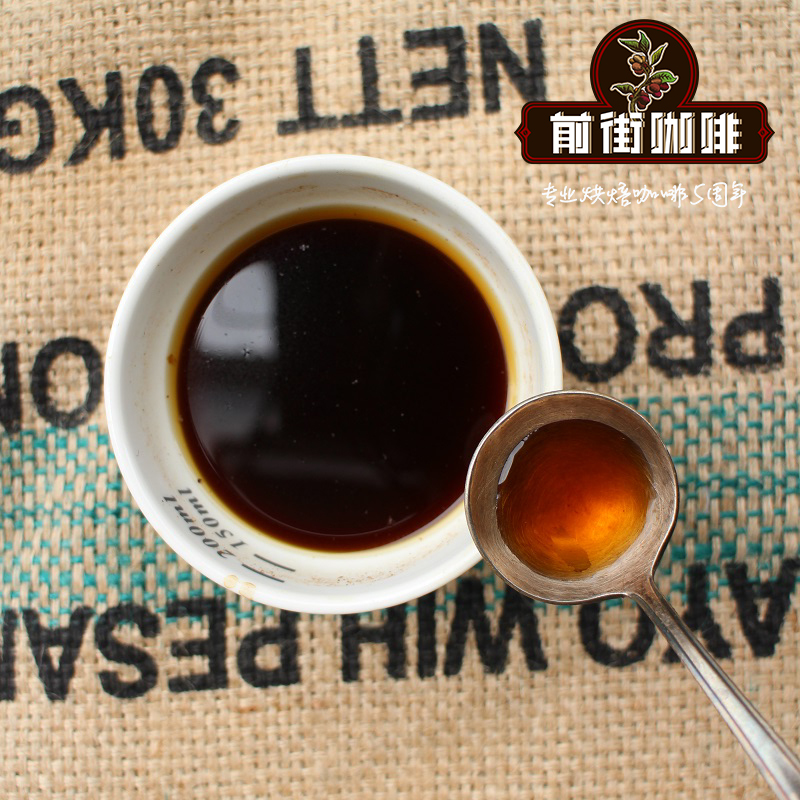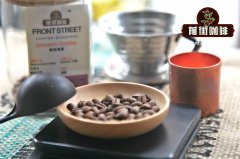Can you drink coffee raw beans? the main treatment methods of coffee raw beans are

Professional coffee knowledge exchange more coffee bean information please follow the coffee workshop (Wechat official account cafe_style)
1: sun drying is the oldest and most primitive treatment of coffee beans. compared with water washing, this dried coffee is also known as "natural coffee" or "sun-dried coffee". The fruits of the harvested coffee are directly exposed to the sun for about two to four minutes. This method is generally used in countries with a clear dry and wet climate. The cost is low, and it is widely used in areas where water resources are not abundant and less affluent.
2: washing method
The technology of washing was invented by the Dutch in the 18th century. Due to the frequent rain and high humidity in some countries, it is impossible to implement the solarization method at all, so although the process is relatively cumbersome, it is the most widely used treatment method at present. The biggest difference from the solarization method is the use of fermentation to remove the pectin layer and the biological treatment by which the fermentation bacteria can dissolve the pectin. Because the fermentation bacteria will remain on the coffee beans, the beans need to be sent to the washing pool for cleaning, and the second screening (defective beans will float on the surface). The process of washing is complex and cumbersome, and requires a lot of water, so the cost is relatively higher than the sun method, and it is less used in areas where water resources are scarce.
3: honey treatment
It is between the sun and water washing method to screen the coffee skin and flesh, and then directly retain the pectin layer and exposure.
Honey treatment takes time and the construction method is exquisite.
Honey treatment is not simple, it takes a long time and must be handled carefully. What are the steps involved in honey processing?
Coffee growers pick ripe coffee cherries from coffee trees and screen out the outer pulp, as mentioned earlier to retain the pectin layer on the outside of the coffee beans. The pectin layer retains a high proportion of sugar and acid, which are the key to honey treatment. )
The time of exposure must be well mastered, and the length of time is the key. If the exposure time is too short, the substance of the pectin layer cannot be transferred to the coffee beans, and the time cannot be too long. The action must be fast to avoid the internal fermentation of the beans (moldy beans). )
So how do you strike a balance? Put the beans on the sun scaffolding or cement floor and turn the beans several times per hour for the first few days until they reach the desired moisture content, a step that usually takes 6-10 hours. You need to turn it at least 2-3 times a day, and it takes 6-8 days to take a lot of time and manpower. The reason why honey treatment is so time-consuming is that beans absorb moisture from the air every night, so that it takes more time to expose themselves the next day.
Is the coffee tasted better by tanning, washing or honey treatment?
In addition to coffee raw bean treatment, coffee bean variety, origin, roasting, cooking, preservation and so on, of course, there are many factors are influencing factors.
Coffee from picking to processing into raw beans, raw beans roasted into ripe beans, cooked beans into powder, and finally brewed and extracted into coffee liquid, this process has many links of storage, each link will affect the quality and taste of coffee.
The shelf life of raw coffee beans is closely related to the density, dehydration and storage environment of raw beans. Generally speaking, beans are new beans within one year after picking, and beans within one year (the beans discussed in this article are all high-quality beans with regional flavor). As long as the baking level is good, the cooking and extraction technology passes, can drink charming aroma, unique flavor, rich layers, smooth taste, long aftertaste.
Important Notice :
前街咖啡 FrontStreet Coffee has moved to new addredd:
FrontStreet Coffee Address: 315,Donghua East Road,GuangZhou
Tel:020 38364473
- Prev

Guatemala coffee Guatemala Antigua coffee Guatemala Antigua coffee ppt
Professional coffee knowledge exchange more coffee bean information please follow the coffee workshop (Wechat official account cafe_style) the coffee in Guatemala grows on the cloud belt at high altitude. The climatic conditions such as the big temperature difference in the morning and evening make the coffee not grow too fast (because the coffee grows too fast will make the coffee softer and lighter), coupled with the fertile volcanic soil, melon land.
- Next

Are there several ways to preserve raw coffee beans that will affect the processing of raw coffee beans?
Professional coffee knowledge exchange more coffee bean information please follow the coffee workshop (Wechat official account cafe_style) in order to extend the shelf life of coffee beans, you need to know the three enemies that make coffee beans go bad! Temperature when coffee beans encounter sunlight, there will be chemical changes, water evaporation, beans will begin to produce a unique stench, the main factor is that the effects of sunlight and temperature will promote
Related
- Beginners will see the "Coffee pull flower" guide!
- What is the difference between ice blog purified milk and ordinary milk coffee?
- Why is the Philippines the largest producer of crops in Liberia?
- For coffee extraction, should the fine powder be retained?
- How does extracted espresso fill pressed powder? How much strength does it take to press the powder?
- How to make jasmine cold extract coffee? Is the jasmine + latte good?
- Will this little toy really make the coffee taste better? How does Lily Drip affect coffee extraction?
- Will the action of slapping the filter cup also affect coffee extraction?
- What's the difference between powder-to-water ratio and powder-to-liquid ratio?
- What is the Ethiopian local species? What does it have to do with Heirloom native species?

